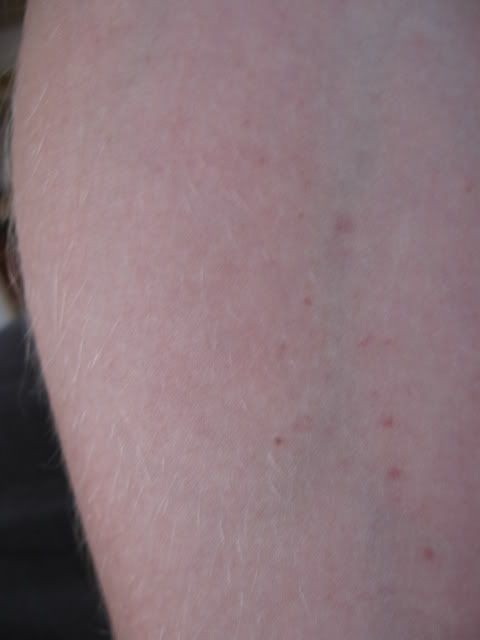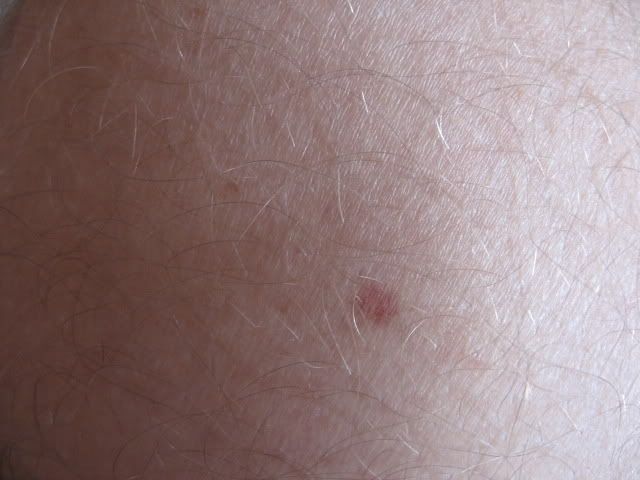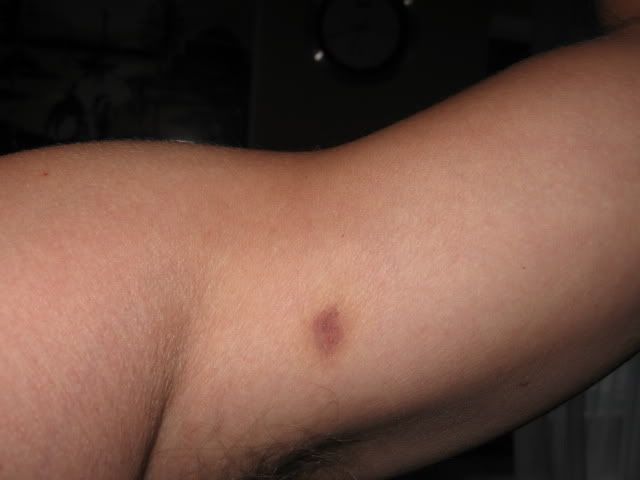dom those spots are cherry angiomas and i asked my doc about mine and she said no worries, just part of getting older. i looked into it at the time and i had an answer but i forget what it was! my last mri came back with mention of some kind of angioma on my spinal cord too so, things that make ya go hmm.
zinc status and permeability go hand in hand, by the way. oh, here we go with a little google binge...
Effect of zinc supplementation on intestinal permeability in experimental colitis
http://cat.inist.fr/?aModele=afficheN&cpsidt=13709315
Enteric protein loss and intestinal permeability changes in children during acute shigellosis and after recovery: effect of zinc supplementation.
http://www.pubmedcentral.nih.gov/articl ... id=1375257
Zinc Deficiency Exacerbates Loss in Blood-Brain Barrier Integrity Induced by Hyperoxia Measured by Dynamic MRI
http://www.ebmonline.org/cgi/content/full/223/2/175
The Antioxidant Function of Dietary Zinc and Protection Against Neural Disorders
http://lpi.oregonstate.edu/ss03/zinc.html
(don't run screaming when you see LPI lol!)
wow, i finally found a full-text copy of this:
Scurvy Presenting as Painful Gait With Bruising in a Young Boy
http://archpedi.ama-assn.org/cgi/reprint/154/7/732.pdf
Scattered petechiae and perifollicular purpuric macules were noted on his trunk and lower extremities. After blood drawing, there was a marked increase in the petechiae on his arms distal to the sites of tourniquet placement, with sharp circumferential demarcation... his diet consisted of biscuits, Pop-Tarts, cheese pizza, and water... Serum ascorbic acid level was lower than 5.68 μmol/L (reference range, 11.4-114 μmol/L)... Other nutritional laboratory study results were normal, except for a low zinc level of 8.4 μmol/L (reference range, 9.2-18.4 μmol/L).
the various issues were resolved by supplementation with ascorbic acid, zinc, and multivitamin.
interesting:
http://en.wikipedia.org/wiki/Purpura
Purpura measure 0.3-1cm, while petechiae measure less than 3mm, and ecchymoses greater than 1cm
http://en.wikipedia.org/wiki/Thrombotic ... ic_purpura
Classically, the following five features ("pentad") are indicative of TTP;[3] in most cases, some of these are absent.
# Thrombocytopenia (low platelet count), leading to bruising or purpura
Thrombotic Thrombocytopenic Purpura and ADAMTS-13
Structure, Biosynthesis and Genetics of ADAMTS-13
http://www.medscape.com/viewarticle/495084_3
The ADAMTS-13 molecule depends upon both zinc and calcium ions for activity...
and finally, a non-journal link (i'll get into the cherry angioma thing next post)
Six Natural Ways to Reduce Bruising
http://www.salubriouslife.com/salubriou ... l_way.html





